With development and growing trade relations, some of the art forms have become obsolete with time and changing technology.
Cheraw Dance
Mizoram’s Cheraw Dance also known as the bamboo dance is losing its popularity slowly. This dance form used to be performed to free the souls of young mothers who used to die during childbirth. Today, this is performed on any occasion possible by keeping the bamboo poles in a criss-cross manner on the floor by the men and ladies will perform by jumping through the empty spaces made between the poles.
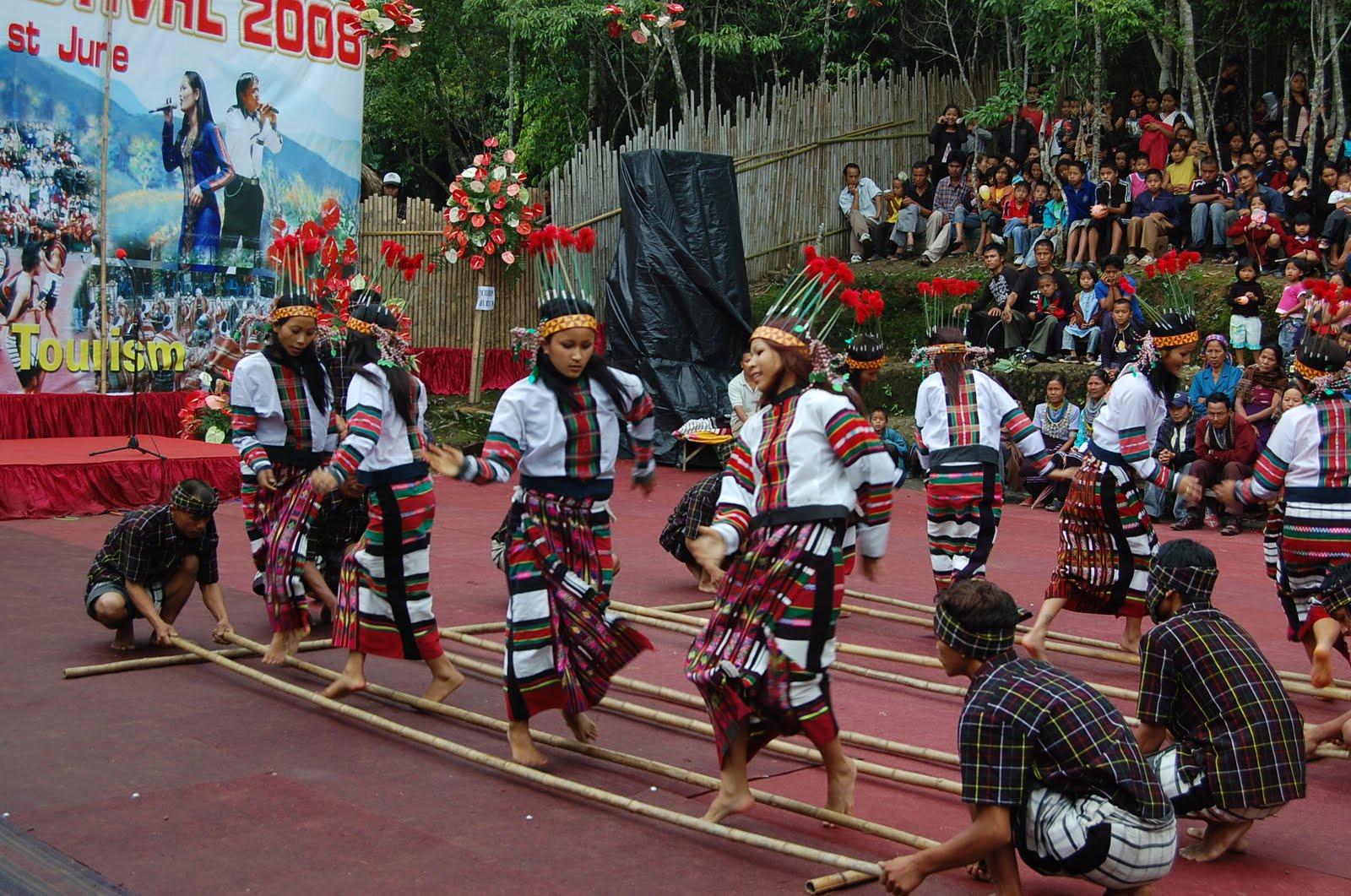
The Cheraw Dance
Manjusha Paintings
This art form originated during the British rule in Bhagalpur district of Bihar. This art form was used to make merchandise products during the Bishahari festival of the state which is dedicated to the snake god. This art form started getting diminished in the mid 20s.
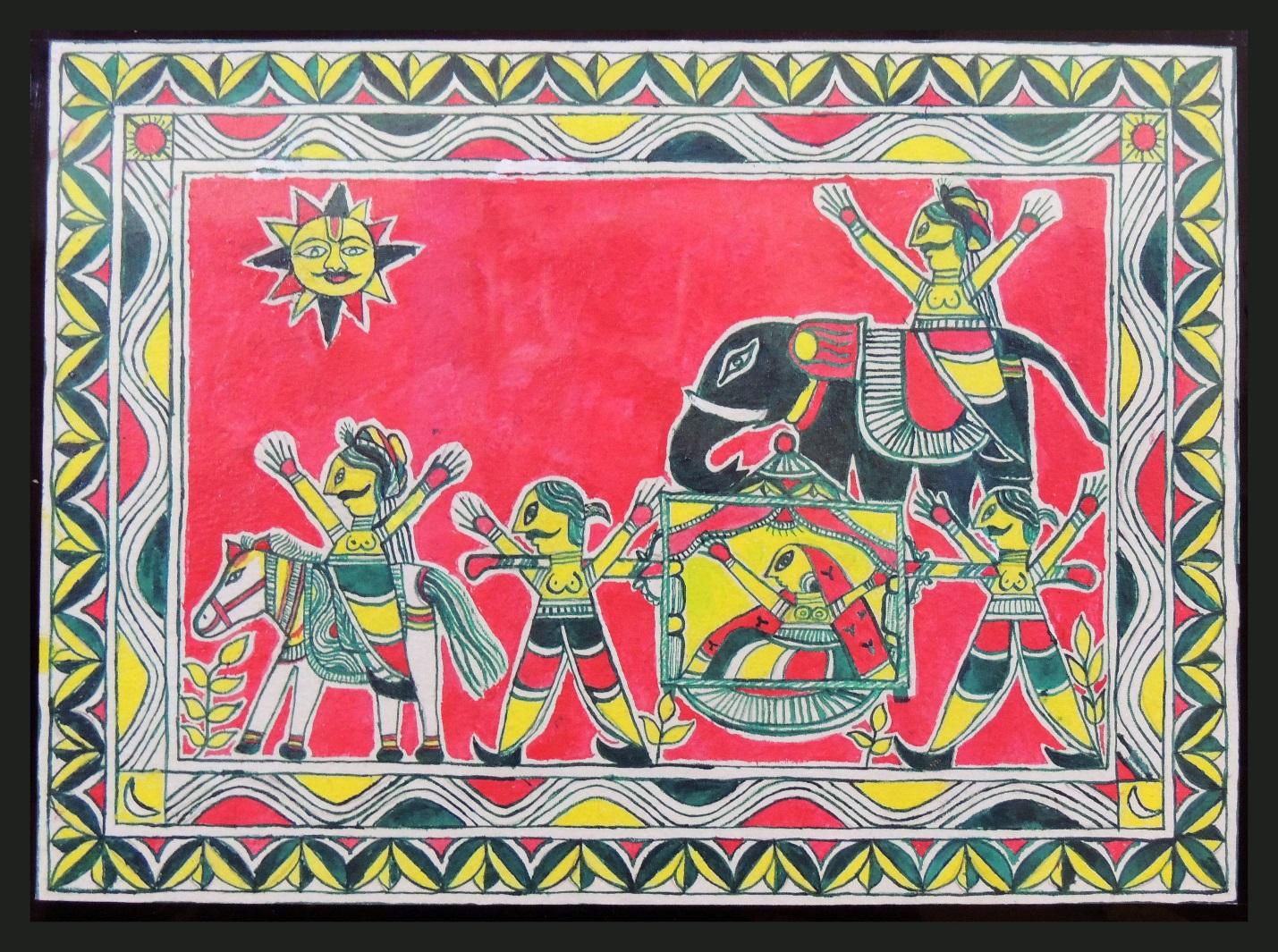
Manjusha Art
Meenakari Art
Just as the name sugests, this art form aims at embedding gems or Meena to the otherwise gold jewellery and then enamelising it to form beautiful pieces of art work and jewellery. This form of art originated from Rajasthan during the Mughal Empire.

Meenakari Art Décor
Puppet Art
This form of art has three versions across the country:
- Kerala’s shadow puppetry also known as Tholpavakoothu
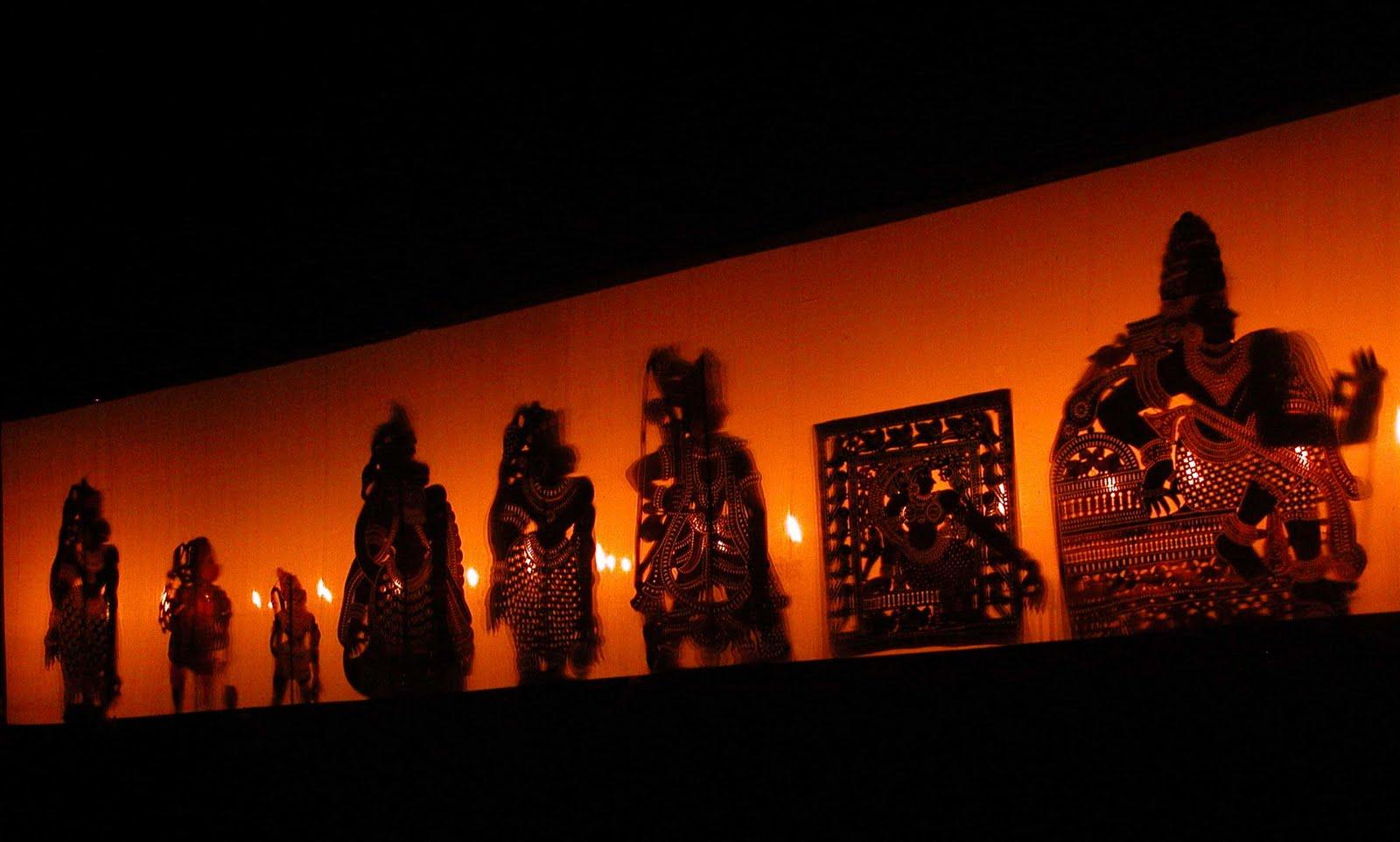
Thooolpavakoothu
2. Rajasthan’s famous ‘Kathputli’
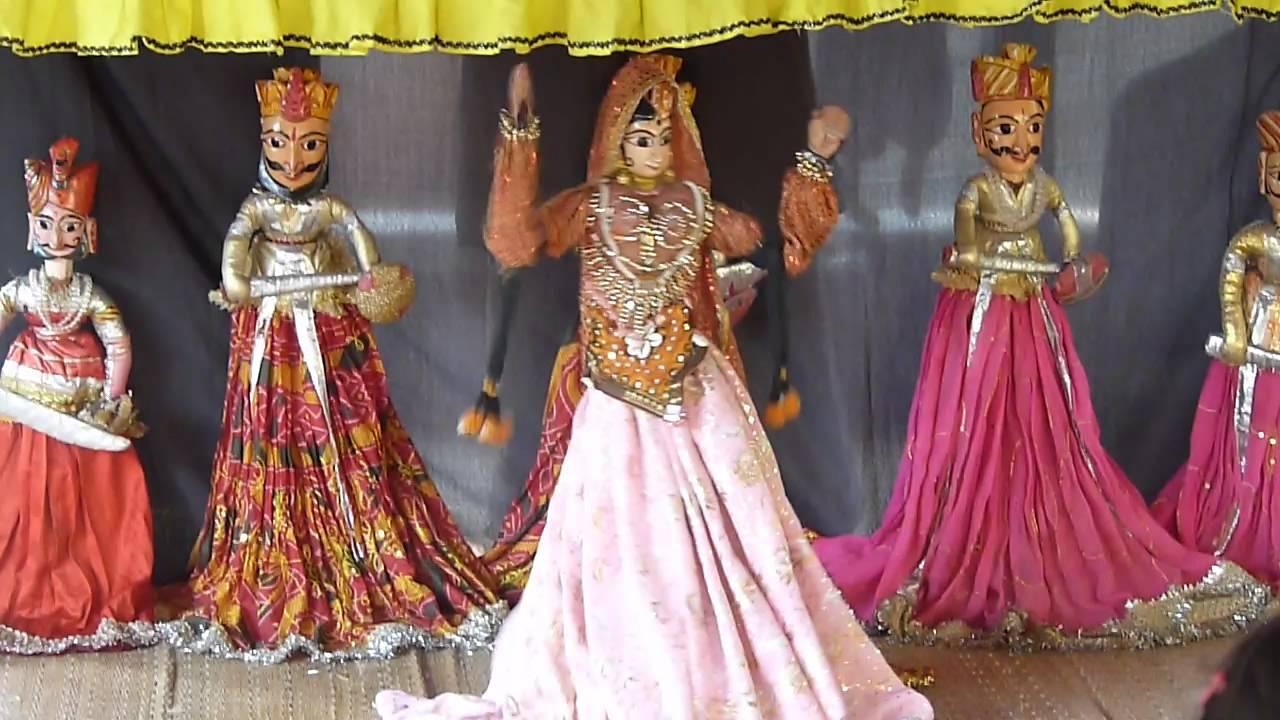
Kathputli ka khel
3. Odisha’s Kundhei Nata also known as Sakhi Kundhei Nata

Kundhei meaning dolls
Such art forms are fading away slowly in the near future. Earlier social clubs like Nasiklub used to host such shows for kids and adults.
Dokra idols
This idol making art form originates from West Bengal and Odisha wherein metal figurines are sculpted and painted in gold. The idols depicted godly characters. But such art form has fallen prey to extinction in the present era.
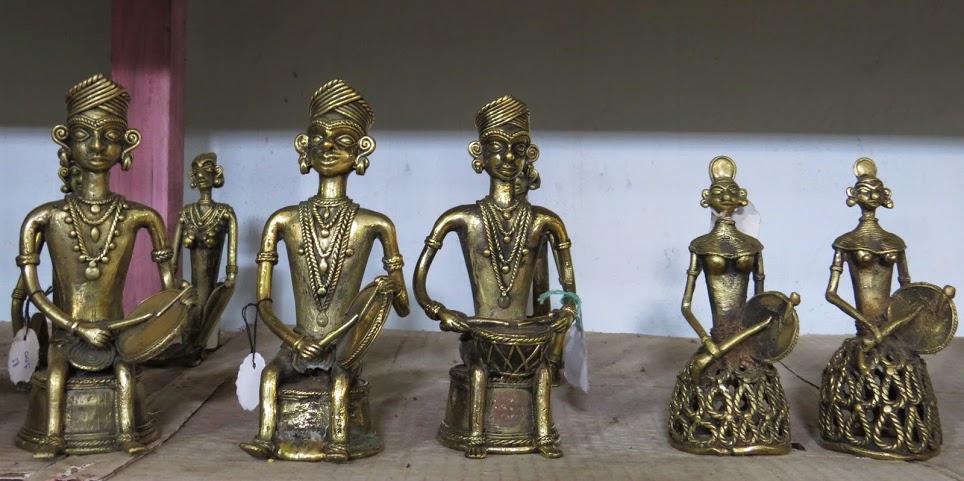
Dokra figurines
Parsi Embroidery
With declining Parsi communities, this art form also has declined and has reached the state of saturation in the modern times. This one of the important part of Indian textile preserves. It originates from Iran and 9 months was the time period in which artisans would weave in one such saree. The designs were influenced by European, Indian and Chinese cultures. And the sarees were called as ‘Parsi Gara’ saris.

The Gara Embroidery
Rock Art
Just like ‘Ignorance is Bliss!’, very few people know that evidences of rock art have been found in the Aravalli ranges and a few parts of Maharashtra which dates back to 40,000 B.C on the historic timeline.
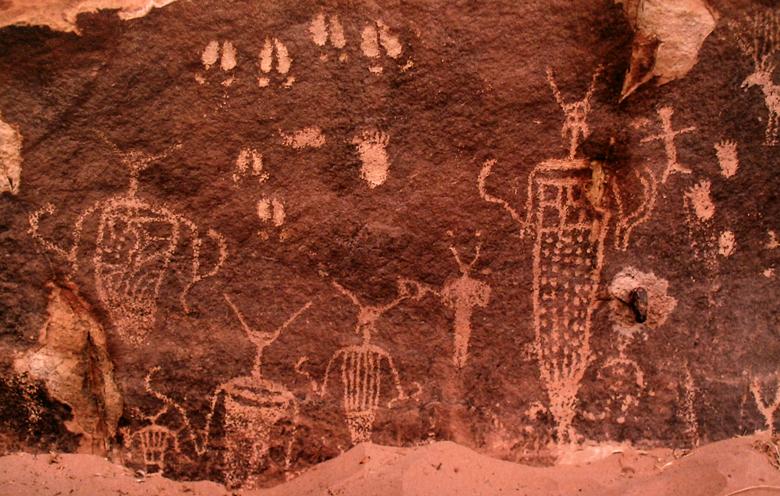
Rock art
Toda Embroidery
This art form originates from the Toda Tribe living in the Nilgiri hills in Tamil Nadu with a population sizing to about 2000 only.
It is an embroidery on cloth with square formats of geometrical patterns. They also had merchandise like wallets, mobile pouches, bedsheets and stoles.

Toda embroidery and merchandise
Terracotta handicrafts
Terracotta clay sculptures and ornaments originate from West Bengal and Odisha, which are now in the edge of becoming extinct.
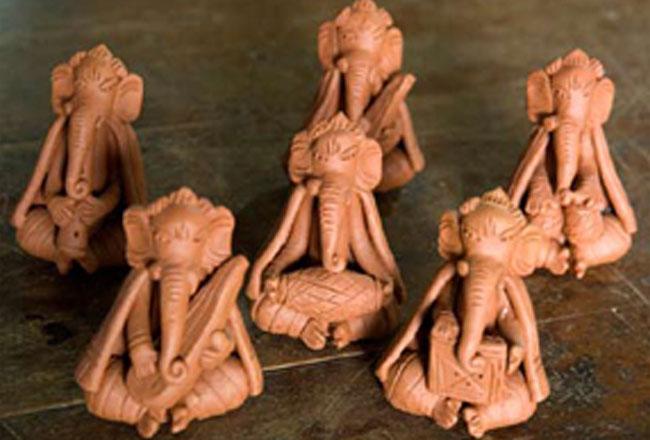
Terracotta Models

Terracotta Clay Jewellery
However, these jewellery and figures are very brittle.
Naga Handicrafts
Handicrafts from Nagaland of the North-East are made out of forest produce like wood, cane or horse shoes. These are then converted into furniture items liked benches, bowls, and décor.
Also Nagaland is famous for its Naga shawls. Scarves and bags are also a part of the art merchandise.
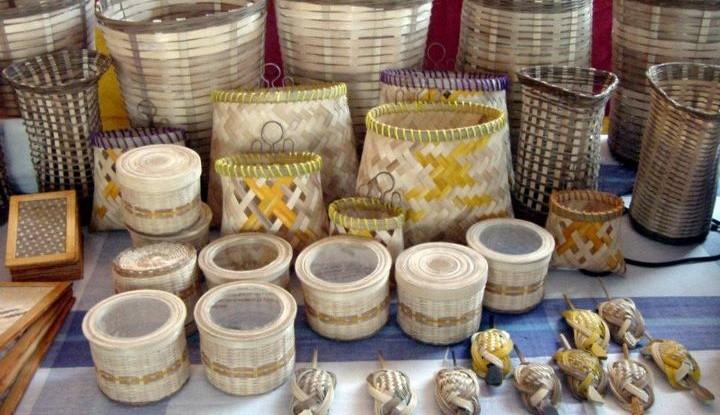
Naga art merchandise
These are some of the major art forms which are either being transformed into modernised versions or are on the verge of being extinct or are already extinct from the world.
Some have become extinct due to their diminishing tribes where others may have have become extinct due to lack of exposure in exhibitions or fairs.
Lack of quality also maybe one of the parameters for the handicraft item to become extinct to the world.
Increase in population has given rise to concrete jungle hence decrease in forest produce for creating the handicrafts, yet one more reason for extinction of art forms.
Also ignorance from the existence of some art forms has lead to their extinction from the heritage preserves.
Lack of promotion, encouragement and platforms for art forms have led to their saturation in the present era.
Patachitra
This Odia folk art of painting on raw silk tableaus is slowly on the verge of being extinct due to lack of exposures to the tourists, promotions at exhibitions and fairs have discouraged many artisans to bring up the art.
A particular reason being that the orignal silk version being very costly to art collectors at state emporiums or government regulated outlets.
Therefore artists have developed a cheaper version of the same which is helping them gain a decent livelihood for a short run of time.
A manager of the state emporium of Odisha also popularly known as Utkalika quoted that patachitra items are not generating revenue anymore for the government.Gemstones, jewellery and textiles are the ones that are in demand throughout the year.
Hence, Patachitra is one of the endangered species of art forms to become extinct in the near future.

Patachitra
It is sad to lose such pretty and beautiful art forms as the forthcoming generations may not even be aware of such dainty and intricate forms of art belonging to their own heritage.
Before neighbours from different native places used to ask each other for getting a collectible of their respective native places. But now due to extinction of various art forms many would not be able too portray the cultural art form or handicraft of their origins.
Popular art forms getting extinct from the heritage preserve in the developing stage of an economy does not provide a positive sign. Tourism business is getting affected in a huge manner, which in the yesteryears used to generate a lot of revenue for the economy.
Though popular art forms are being taught to students in schools, they should promote and encourage these art forms to be passed on to future generations.
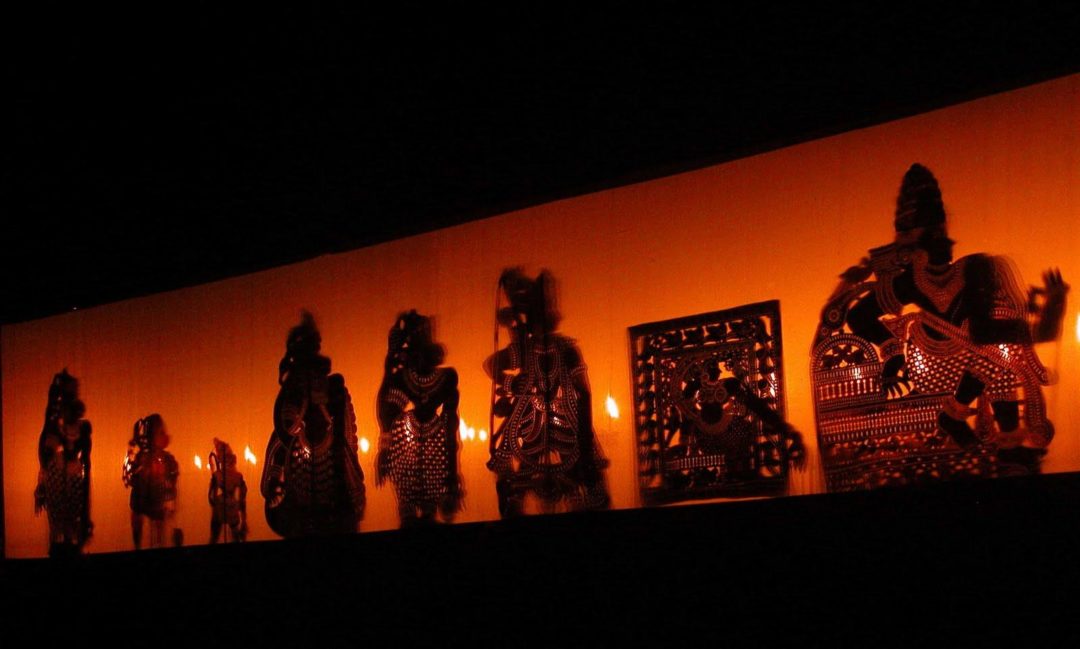
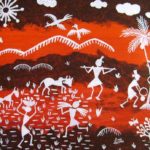

windows windows xp professional x64 edition with sp2 vl english
January 22, 2020This web site certainly has all of the info I needed concerning this subject and didn’t know who to ask. | а